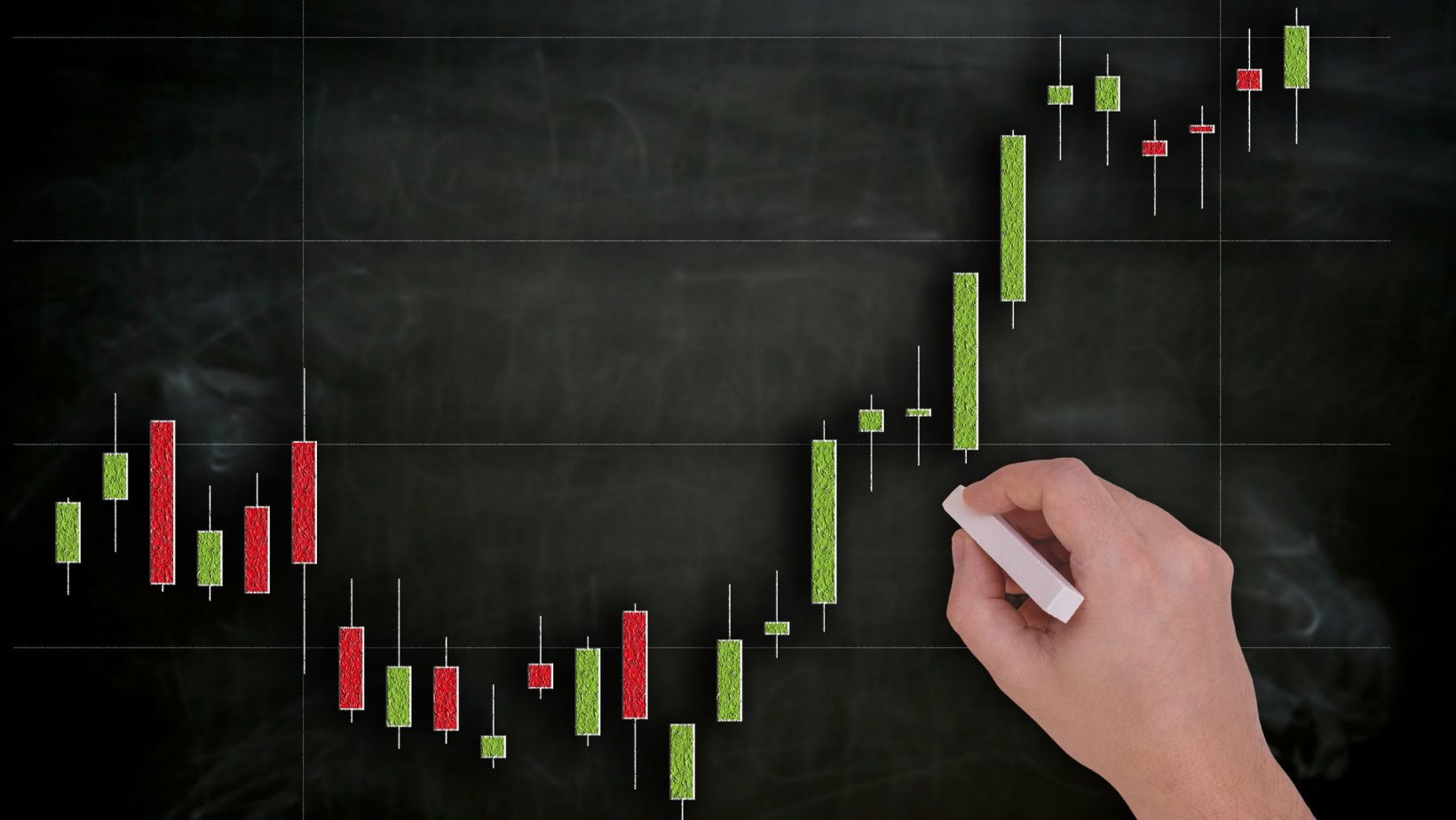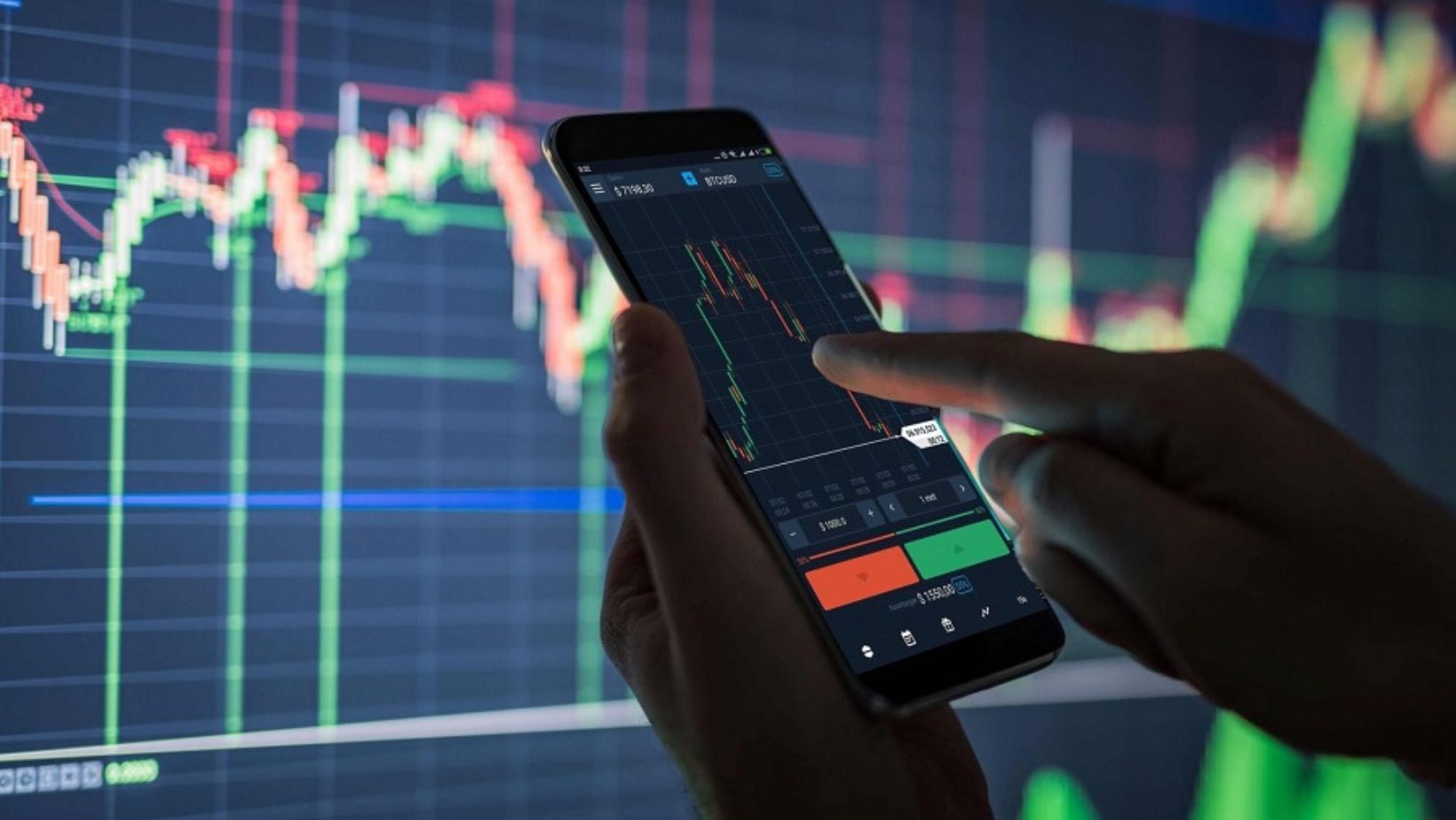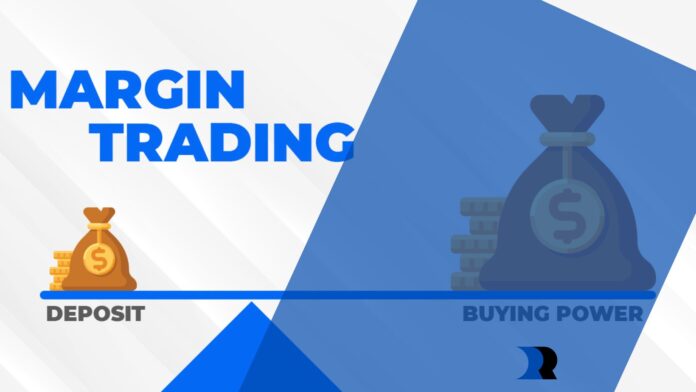Cryptocurrency margin trading is a popular strategy for traders to increase their potential profits by purchasing and selling cryptocurrencies on a margin. However, it also carries risks that traders should be aware of before investing. In this post, we’ll go over everything you need to know about cryptocurrency margin trading, including what it is, how it works, and some pointers for traders interested in getting started. In addition, you may visit immediate-revolution.org if you are looking for a reliable and trusted trading platform.
What is Cryptocurrency Margin Trading?
Margin trading in cryptocurrencies enables traders to borrow from a broker to buy or sell cryptocurrencies. Borrowed money is used as collateral, allowing traders to raise the magnitude of their potential profits. However, it increases their potential losses.
The Risks of Cryptocurrency Margin Trading
Cryptocurrency margin trading can be a high-risk, high-reward way to trade cryptocurrencies. Here are some of the main risks involved:
1. Volatility
Cryptocurrencies are notorious for their volatility, which means that their prices can pass quickly and suddenly. While volatility can offer opportunities for income in margin trading, it can also result in widespread losses. Price swings are particularly dangerous for investors who utilize leverage to amplify their positions.
2. Leverage
Leverage is one of the most vital elements of margin trading but also one of the most risky. Traders can boost their potential gains using leverage; however, they can also increase their capacity losses. If an alternative fails, the trader may be obliged to liquidate their function, incurring a loss.
3. Margin Calls
Margin trading necessitates that traders have a specific amount of equity in their account to cover potential losses.

If the value of their investment falls below a specific threshold, they may receive a margin call, in which they must deposit extra funds or risk liquidating their position.
4. Technical Issues
Like any other sort of trading, Margin trading can be hampered by technological concerns such as system failures or latency. Traders that use leverage may be more vulnerable to losses if they are unable to cancel their positions swiftly.
5. Regulatory Risks
Margin trading may pose regulatory risks because cryptocurrencies are still largely unregulated in many jurisdictions. If traders break general rules or regulations governing margin trading or cryptocurrency trading, they may face restrictions or penalties.
6. Counterparty Risks
Margin trading sometimes entails borrowing funds from a broker or exchange, resulting in counterparty risk. Traders may lose their funds if the broker or exchange goes bankrupt or is unable to meet its obligations.
Overall, trading cryptocurrencies on margin can be a high-risk, high-reward proposition. Traders considering margin trading should do their homework, grasp the hazards, and use prudence when employing leverage.
Tips for Cryptocurrency Margin Trading
Here are some tips for traders who want to get involved in cryptocurrency margin trading:
1. Do Your Research
Before getting involved in margin trading, it’s important to do your research. Make sure you understand how margin trading works and the risks involved.
2. Start Small
When starting with margin trading, it’s a good idea to start small. This will help you understand how it works and minimize your potential losses.
3. Use Stop-Loss Orders
A stop-loss order is an order to sell a cryptocurrency at a specific price. This helps minimize your potential losses if the cryptocurrency’s price falls.
4. Use Leverage Wisely
Excessive leverage can be risky because it raises your potential losses. It is critical to use leverage carefully and only use what you can afford to lose.
5. Stay Up-to-Date on News and Events
The cryptocurrency market is notoriously volatile, with news and events significantly impacting pricing.

It’s critical to keep up with news and events that could impact the price of the cryptocurrency you’re trading.
Conclusion
Finally, while cryptocurrency margin trading can be a profitable way to trade cryptocurrencies, it is critical to understand the risks involved. Traders wishing to go into margin trading should do their research, start small, utilize stop-loss orders, use leverage intelligently, and stay current on market news and events. Remember that margin trading magnifies both possible gains and potential losses, so traders should only employ as much leverage as they can afford to lose. By following these suggestions, traders can boost their chances of success in the bitcoin margin trading market.


